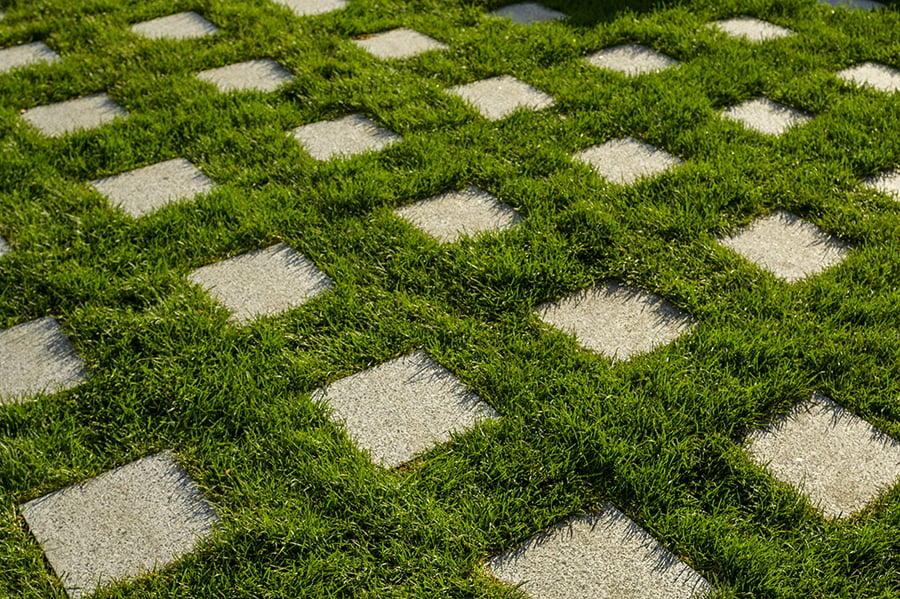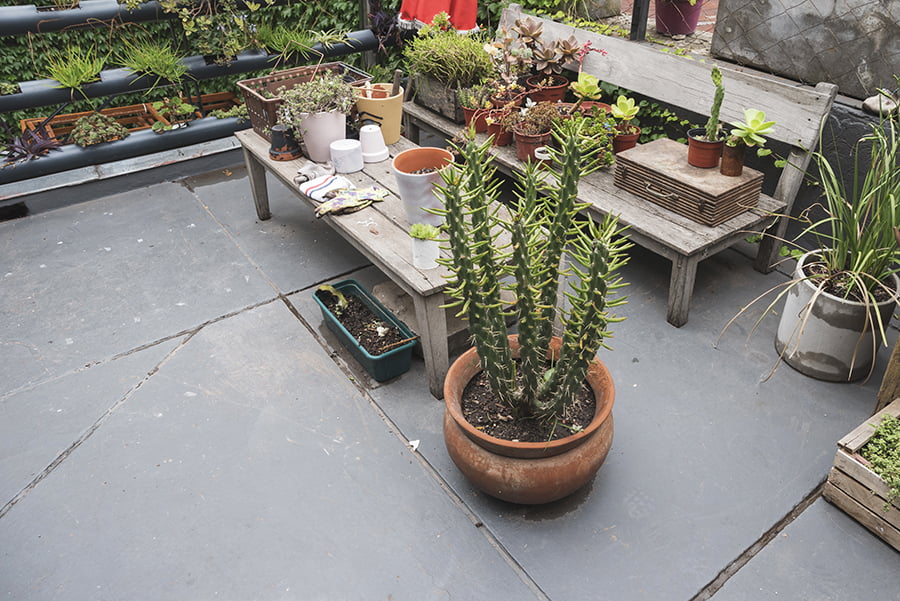The best trees for landscaping in your area depend on the climate and soil conditions. It is recommended to consult with a local landscape professional or nursery to determine which trees are most suitable for your particular location.
Are you looking to add some greenery to your outdoor space? Trees are a great choice for adding beauty and value to your landscape. But before you start planting, it’s important to know which trees are the best for landscaping in your area.
In this blog post, we’ll discuss the different types of trees that thrive in various climates and how to choose the right one for your yard.
Climate
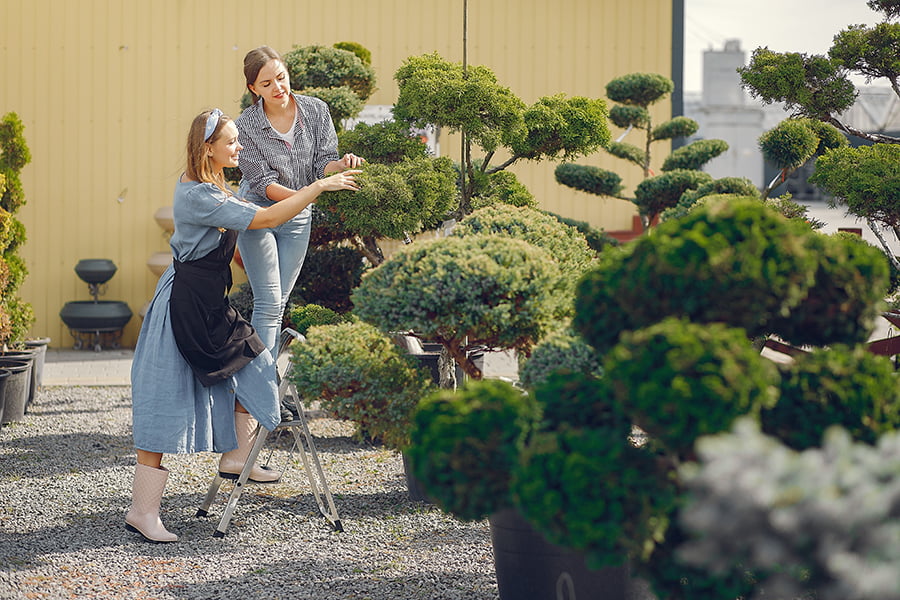
Different types of trees thrive in different climates, so it is important to choose a tree that will be able to survive and thrive in the climate of your area. The best way to determine which type of tree will do well in your area is by researching the average temperatures, rainfall amounts, and other weather patterns specific to your region.
You should also consider how much sun or shade the location where you plan on planting the tree receives throughout the day. Knowing these factors can help you select a species that will be able to withstand extreme temperatures and other environmental conditions in your area.
Soil Type

Different types of soil can affect how well a tree grows and thrives, so it’s important to know what kind of soil you have before choosing a tree. Sandy soils are usually low in nutrients and tend to be dry, while clay soils are often high in nutrients but can become waterlogged easily.
Loam soils are a combination of sand, silt, and clay particles that provide good drainage and nutrient retention. Knowing your soil type will help you choose the right tree for your landscape that will thrive in its environment.
Size of Tree

The size of the tree you choose will depend on the space available in your yard and how much shade or privacy you want. If you have a small yard, then smaller trees such as Japanese maples, dogwoods, and flowering cherries are good options.
These trees can provide beauty without taking up too much space. For larger yards, larger trees like oaks, redwoods, and pines may be more suitable for providing shade and privacy.
When selecting a tree for your landscape design project, it’s important to research what types of trees grow best in your area so that they will thrive in their new home.
Water Requirements
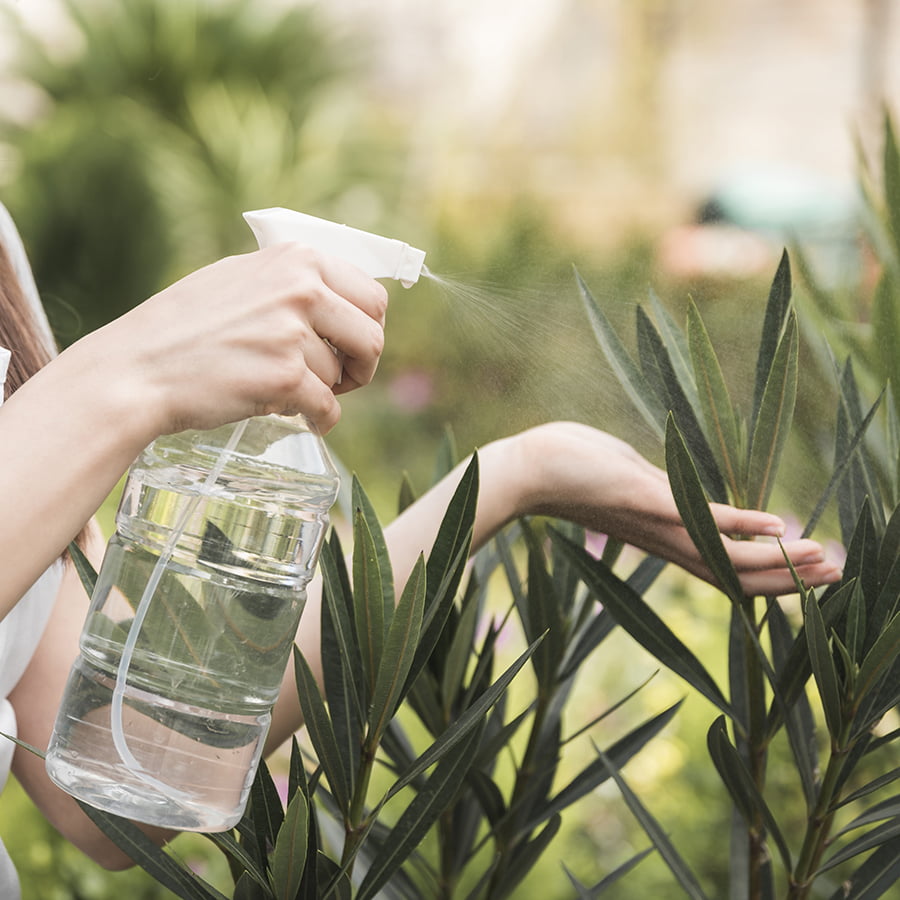
Different types of trees have different water needs, so it is important to choose a tree that will thrive in the local climate and soil conditions. Trees that require less water are better suited for areas with limited access to irrigation or rainfall, while those that need more water can be planted in areas where there is ample moisture available.
Some species may require supplemental watering during periods of drought or extreme heat. Knowing the specific water requirements of each type of tree can help ensure successful landscaping results.
Sun Exposure
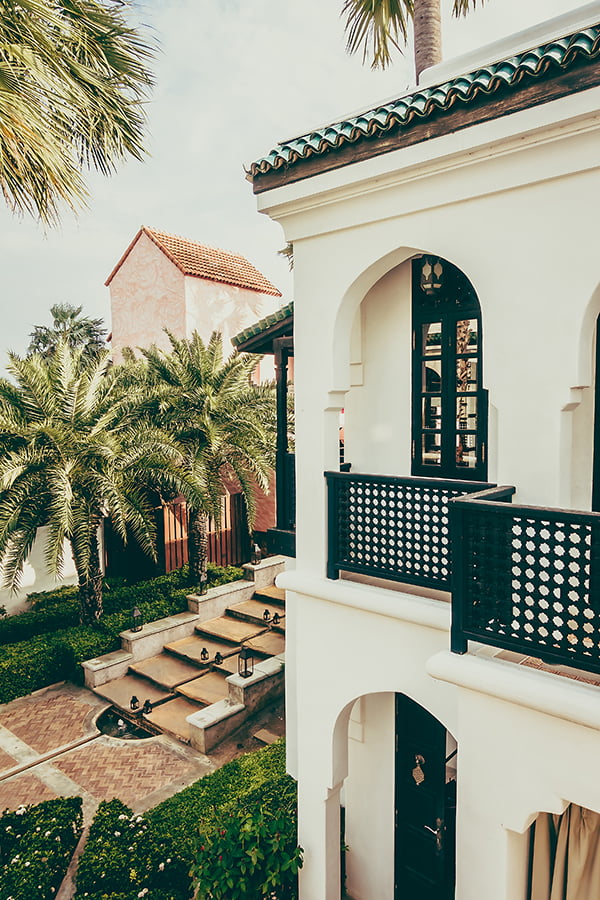
Trees that receive too much sun may become stressed and suffer from leaf scorch or other damage, while those that don’t get enough sun may not grow as well. Therefore, it is important to choose trees that are adapted to the amount of sunlight available in your particular area.
For example, if you live in a sunny climate with lots of direct sunlight, then you should look for trees that can tolerate full sun such as oaks, maples and elms. On the other hand, if you live in a shady area with limited direct sunlight then shade-tolerant species like dogwoods and redbuds would be better suited for your landscape.
Some trees are more tolerant of both full sun and partial shade so they can be used in areas where there is some variation in light levels throughout the day or seasonally.
Cost of Tree
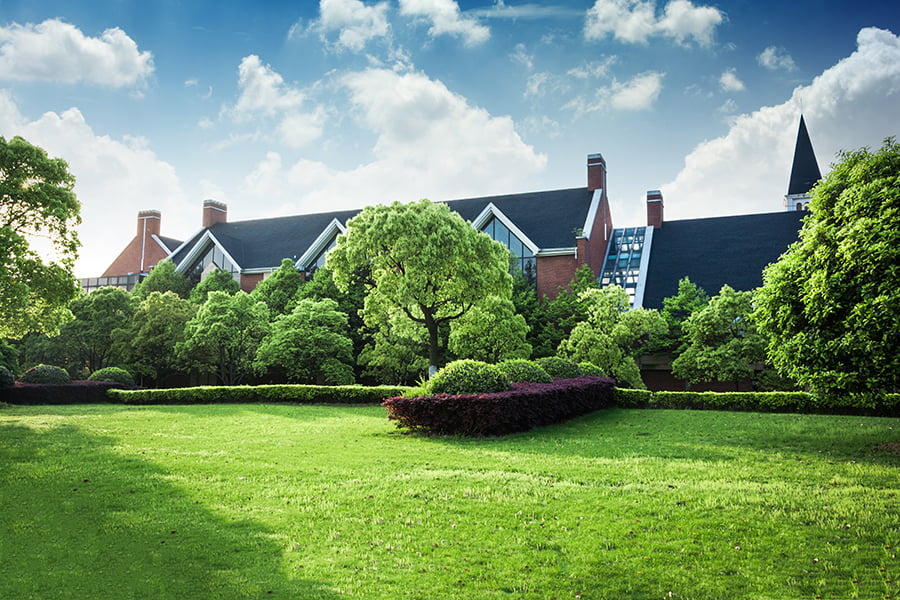
Generally, larger trees will cost more than smaller ones due to their increased size and complexity when it comes to planting and maintenance. Certain types of trees may be more expensive than others due to their rarity or difficulty in obtaining them.
For example, exotic species may require special permits or additional shipping costs that can add up quickly. It is important to research the different types of trees available in your area before making a purchase decision so you can find the best option for your budget.
